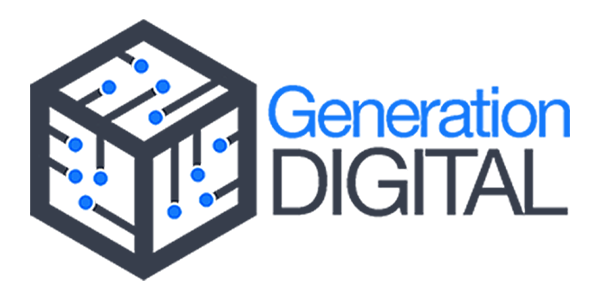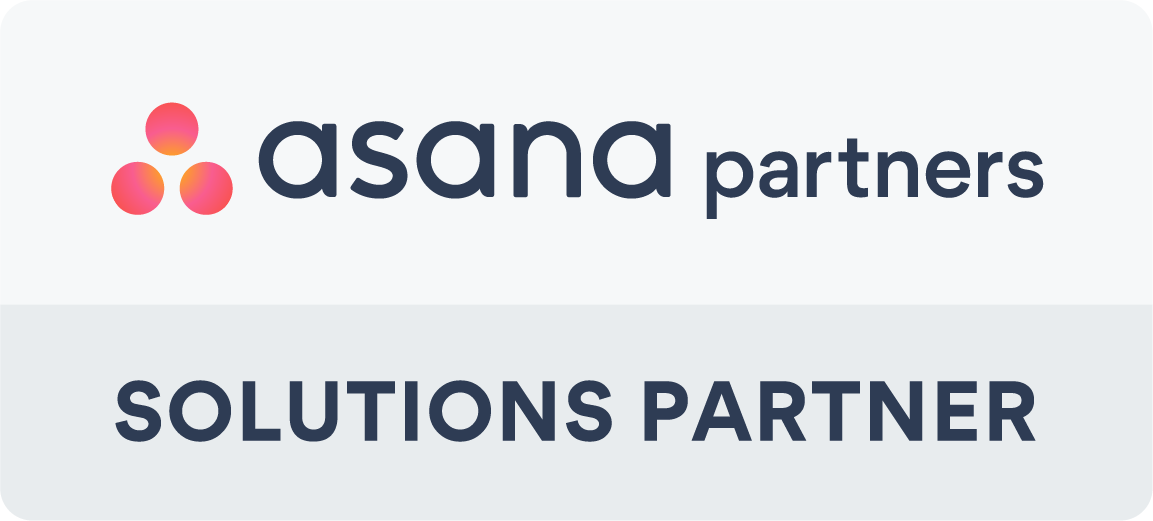BONUS EBOOK: Getting Started with Work Management
Attending a company meeting is one thing, but being able to retain everything you’ve heard is another thing. Perhaps there might have been a time where you sat through a long, arduous meeting, only to forget what was discussed the moment you exit the conference room.
Note-taking is a skill most people have. It is a useful tactic to help recall whatever was said in a discussion, allowing you to understand a company's objectives and vision. But while this all sounds good, note-taking also has its disadvantages. In some cases, note-taking isn't just about writing almost everything said in the meeting, as you will most likely fall behind and write down irrelevant information.
Luckily, we're here to help you brush-up on your note-taking skills to avoid mistakes and follow along while noting down the critical information you need to know.
Note-taking: Meeting notes or meeting minutes?
Before we delve into the steps taken to maximise your note-taking skills, it is essential to understand the juxtaposition between meeting notes and meeting minutes. While both summarise key points in a meeting, they are dissimilar from one another.
Meeting notes are keynotes that you take in a meeting and involves writing quick references, goals, ideas, data, actions, and anything about the meeting that would be important.
However, in contrast, minutes are more formal and include more than one type of note-taking. Below are some examples:
- Collating a list of all members who attended the meeting
- Creating an absentee list for those who did not attend
- A list of key topics covered in the meeting
- The duration of the meeting; how long it took, when did it start and end
- Any actions, suggestions, or decisions made during the meeting
The information covered in meeting notes is not that dissimilar from meeting minutes. The only essential difference is that meeting minutes follow a structured format. Meeting minutes are formal for a reason, often used as legal documentation of discussions during a meeting, and can sometimes need viewing by auditors or a court.
Meeting notes: How to take them?
One of the main advantages of meeting notes is flexibility compared to the meeting minutes.
Meeting notes offers you the chance to be creative and analytical simultaneously, thus allowing you to make a record of information in a way that is easier for you to understand. The goal is to record information that is important and easy to read.
Here are the main differences in note-taking in a meeting:
Ideas: Simply put, if you have any thoughts, perhaps questions, or follow-ups you would like to make after the meeting, create a separate section on your notepad, etc. and write down these types of notes during the meeting
Key points to be covered in a meeting: This is writing down a summary of each item/topic covered on the agenda and the outcomes you have discussed. In terms of format, focus on writing no more than three sentences.
Action items: to write excellent action items, make sure to clarify each action, create specific requests, assign it and include the due date, and include task details to assist the assignee.
Unsure of where to start? Lauren Pope's article focuses on taking meeting minutes, how to effectively jot down notes, the importance of a pre-planned agenda, and many more tips and tricks. Check out her article here.
Asana: Meeting notes template
Following a template can significantly reduce clutter, making note-taking easier to read through. Asana, online collaboration software, has the most straightforward note templates you can try during your next meeting.

Writing notes: Learn the tips and tricks
While being structured is essential in writing cohesive meeting notes, having previous note-taking skills is just as important. Without that skill, you will most likely struggle to keep up with the meeting’s pace, causing you to fall behind and miss out on important information. Below are some tips on how to avoid this:
Skip digital note-taking
Many people prefer to take notes on their laptops or tablets because it is simple to edit and organise their tasks and notes. However, according to researchers, people who prefer to take notes on laptops or tablets are likely to type verbatim notes, whereas those who like to write notes using a pen and paper tend to write down key points.
Shorthand: the best method for note-taking
Writing does not follow one specific method. There are many writing systems. For note-taking, it is recommended to use shorthand. It is commonly used by people who are instructed to take many notes at work, such as administrative assistants. With shorthand, you can write fast once you have understood how the system works.
Recall information faster by recording your meeting
This is a common approach that even most students do to recall information. Recording an entire meeting and then sharing it with your team is another useful technique for active listening and making up for the time lost busing yourself with other tasks and unable to attend the meeting or take notes. Voice is engaging.
Surprisingly, most businesses are now adopting this trend by providing private podcasting. To find out how it works, check out the guide on how to set up your own personal podcast.
Asana: the best software to help you
With Asana, you can easily set up a meeting agenda by clicking on the orange plus button and then 'project'. The best part is that you can create your custom-made template or use Asana's templates.
In terms of layout, you have two options: by selecting a list, you would organise your tasks in an itemised list. You could also choose the 'board' view and manage your work like sticky notes on a whiteboard.
If you are looking to use Asana to run your meetings but require a starting point and some handy tips, this video might be useful. Chandler Bolt breaks down the fundamental steps to use Asana for running his business agendas for different meetings.
The benefits of using Asana:
- can assign tasks for members of the team and can track and monitor the progression of a task
- can set tasks with a common goal to discuss growth test ideas or other business-related topics to help the team understand the reason for a meeting in the first place (avoiding dead space or white space in meetings)
Whether you are interested in taking minutes or just writing the key points for a meeting, it is essential to be as well-organised as possible. If you’d like to find out more, why not take out a 30 day trial of Asana to improve your meeting agendas and note-taking skills.



